Widespread use of hydrogen as an energy carrier is a key priority for the EU. It is essential to achieve EU and
national climate and energy transition targets. MOST-H2 works on an integrated multiscale lab-to-tank approach to develop, validate and demonstrate innovative, low cost, cryo-adsorptive hydrogen storage. It aims at developing monolithic Metal-Organic Framework (MOF) adsorbents with an optimal combination of volumetric and gravimetric capacity. The targeted materials can store hydrogen efficiently, will be easy and safe to transport, and have a small environmental footprint.
Introduction
Widespread use of hydrogen as an energy carrier is a key priority for the EU. It is essential to achieve EU and national climate and energy transition targets. MOST-H2 works on an integrated multiscale lab-to-tank approach to develop, validate and demonstrate innovative, low cost, cryo-adsorptive hydrogen storage. It aims at developing monolithic Metal-Organic Framework (MOF) adsorbents with an optimal combination of volumetric and gravimetric capacity. The targeted materials can store hydrogen efficiently, will be easy and safe to transport, and have a small environmental footprint.
